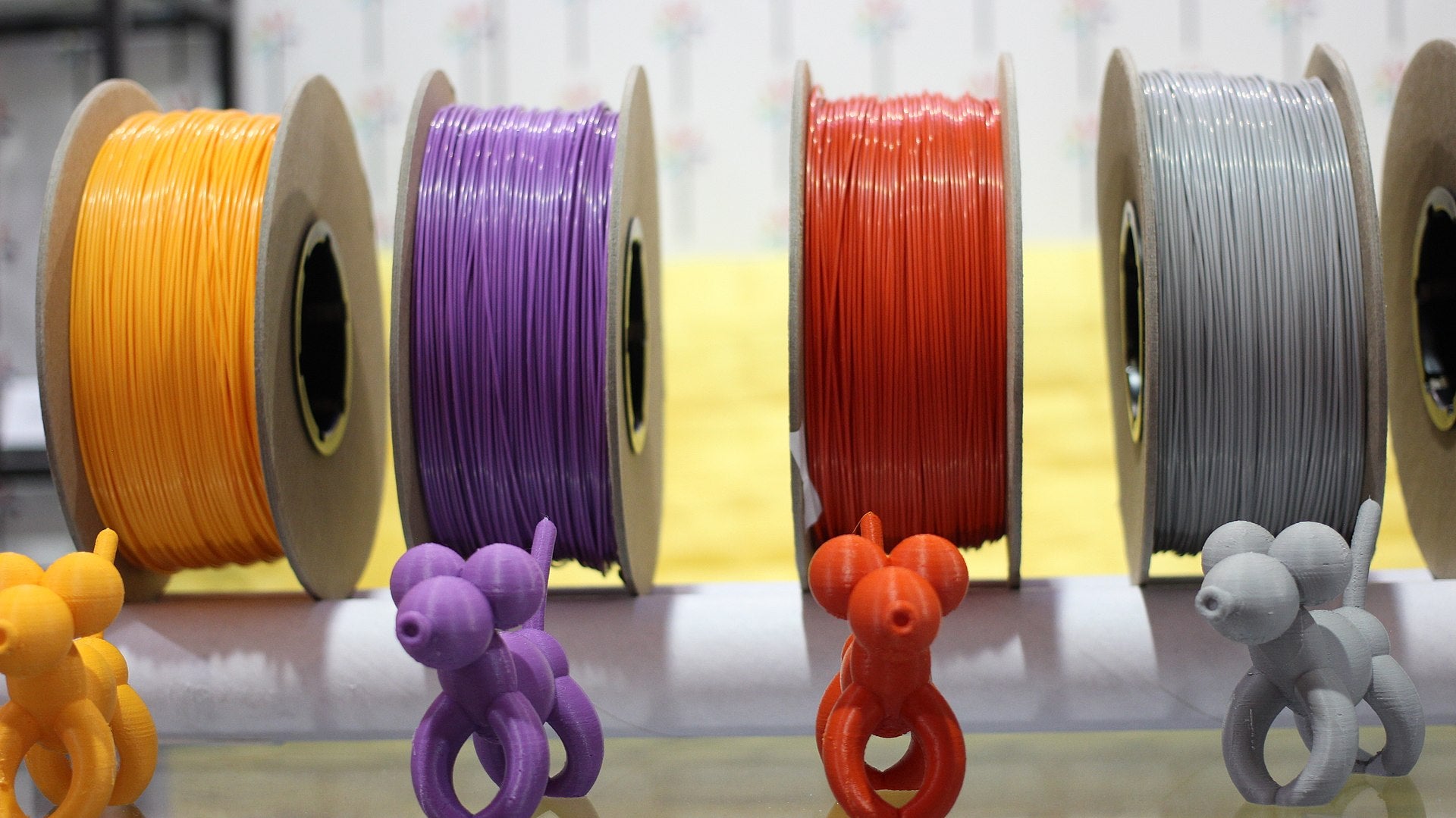Here at Filabot we’ve discussed the importance of plastic recycling. It’s why we started, it’s why we continue. We believe strongly that plastics must be used responsibly, as with any resource. We’ve written on microplastics a few times lately, and even done some live videos on the subject. Now, for the first time, scientists have discovered that these microplastic particles are getting into people’s bodies.
A small study took eight people from different countries and tested their stool for microplastics. Gross, yes, but really the best way to confirm. For the particles to come out, they have to go in. In what we can only call a concerning report, all eight of the participants tested positive for microplastic ingestion.
Of the ten different varieties tested for, nine of them were found in at least one participant. Sizes ranged dramatically, from 50 to 500 micrometers. The most common plastics found during the study were polypropylene and polyethylene terephthalate. The average amount was 20 particles per 10g of waste.
It’s a lot of plastic, and it’s likely to get worse.
We can track a good deal of plastic contamination in our bodies to food packaging. Recent studies have shown that microplastics make it into many plastic beverage containers during the process of adding the cap. When we look at food packed in plastic, there’s a good chance it will get contaminated and then you’ll eat it.
Study authors estimate that more than half the world may be in a similar state, with microplastics in their body. Of course, we can’t say for certain, because this study was so small. But is the outcome a surprise?
Philipp Schwabl, the study lead, and researcher at the Medical University of Vienna said: “This is the first study of its kind and confirms what we have long suspected, that plastics ultimately reach the human gut. Of particular concern is what this means to us, and especially patients with gastrointestinal diseases.
“The smallest microplastic particles are capable of entering the bloodstream, the lymphatic system, and may even reach the liver. Now that we have the first evidence for microplastics inside humans, we need further research to understand what this means for human health.”
While we don’t know the full impact of these plastics on the body, and scientists disagree on if there even is an impact, I doubt any of us would choose to consume plastic.
We’ll continue to monitor the research and let you know as we know more. As always, we welcome your thoughts and feedback.





